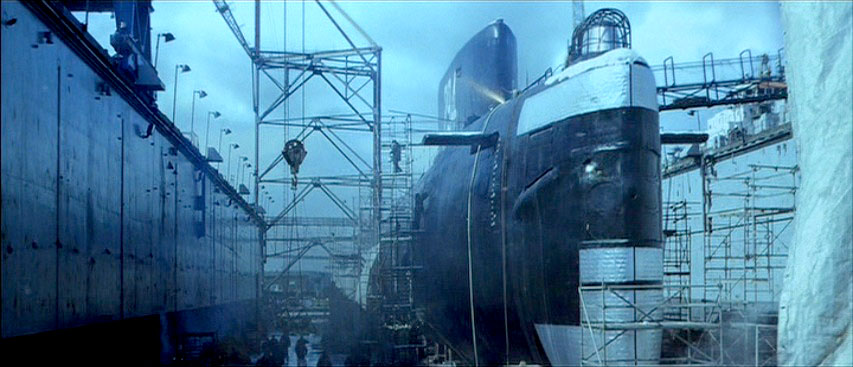Michael Novotny

Or you may know from experience he’s making the mistake that you made five years ago, ten years ago, twenty years ago. And you honestly know that that’s going to be a bad direction. Now you have to diplomatically get in there in such a way that, even though you disagree, everyone’s still going to give you their best ideas and not shut off to you. The best way to do that is by example. Pull something out that you’ve done in the past and show them. Or sometimes even show them a scene and call their attention to something in the scene that has nothing to do with what you want them to see… And maybe they’ll see the other thing.
A lot of it’s smoke and mirrors but I think that that goes on in human interaction in general. That’s not unique to the film industry. So it’s just a question of being open-minded I think. A good idea can come from anybody. And particularly from people who have the mental space, who are not so engrossed in the film that they don’t see what’s right in front of them.
I often have people who are sweeping up on the stage come up and talk to me about what looks good. I think it’s a good idea to talk to them. They’re the people watching the show. There’s a lady here at Warner Brothers, Sally, she’s the cashier at the commissary. I talk to Sally every day when I go to the commissary and I ask her what she thought of the show and she tells me. I’ve taken her over to Stage 14 and showed her the main set. What works for you? What didn’t work for you? She loves Simon Baker. He’s really cute, Sally, but how’d you like that scene?
AS: What kind of attributes do you look for when you hire crew for episodic?
MN: In episodic that particular football team is running down the field and never stops. You have to shout as you run. So if someone’s coming in to set-design I’m not going to sit there and look at a lot of drawings. I’m going to look at one drawing. I’m going to see immediately the way he thinks. I’m looking at the logic in the drawing and his communication to the carpenters. I will see immediately if he’s an elegant designer. And if he doesn’t show me that in the drawing I’ll assume he doesn’t have it.
The worst thing is when you go in and interview somebody like a set designer and they show you twenty-five drawings. By the end I’m like, Throw some cold water on me. I’m already falling asleep. And by then the phone’s rung three times and I need to go do other things. That goes for assistant art directors, graphic designers, art department coordinators, anybody. They have to show me the essence of their job.
But can they do the job and can everybody be happy together doing the job? That’s the second part of it and that’s critical. That’s where everybody typically loses the job. Because they’re so egocentric that they’re going to yap on and on- what this project was, what that project was, and so forth. As opposed to saying, What are you working on? You know they don’t plug themselves into the environment they’re sitting in for the interview. Usually when I’m interviewing somebody I’m working. If that’s the case then talk about what we’re doing. You’ll have a better chance of being more immediate and being perceived as invaluable. So I’m really looking for someone who can work well with others. Have a sense of humor, be light about it, be involved. But at the same time I would take a sourpuss who’s a Leonardo Da Vinci -don’t get me wrong. But you know I’d probably think long and hard about it before I did it.
Pingback: Daniel Novotny
I worked with Michael on Jaws 3D as a specialty carpenter, and I remember him as a wonderful and creative man. It was a pleasure and we all talked about how cool it would have been to all be working on something important!
Hi Zev- you’ll be happy to hear that during the interview I could tell Michael was still a genuinely awesome and creative guy! And as you may have read, his son Dan is also an accomplished designer…